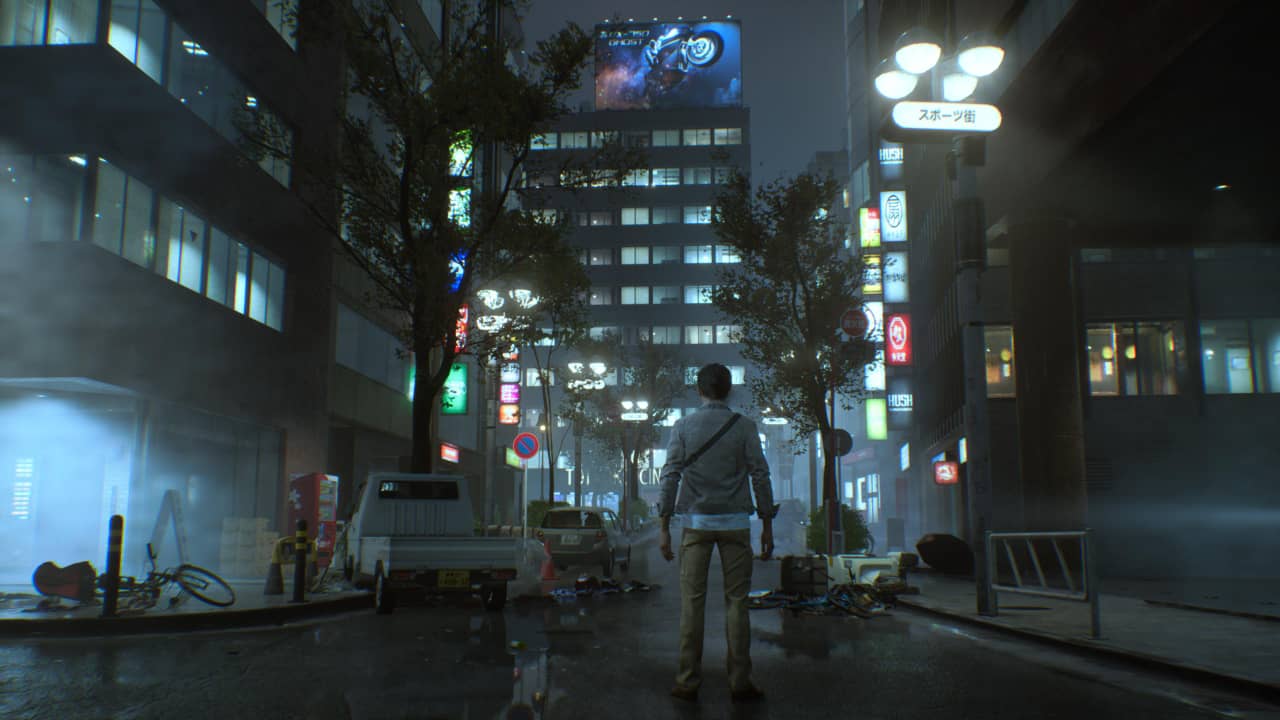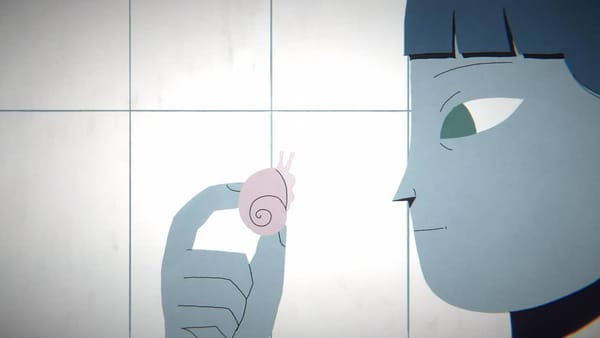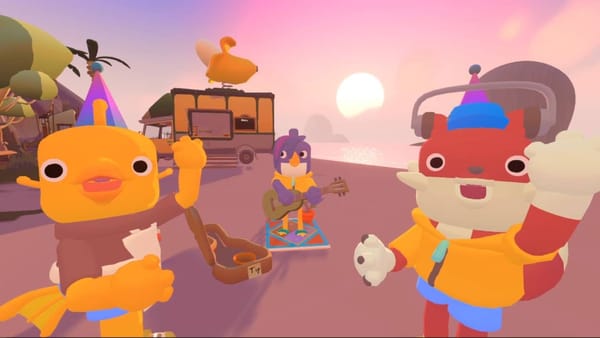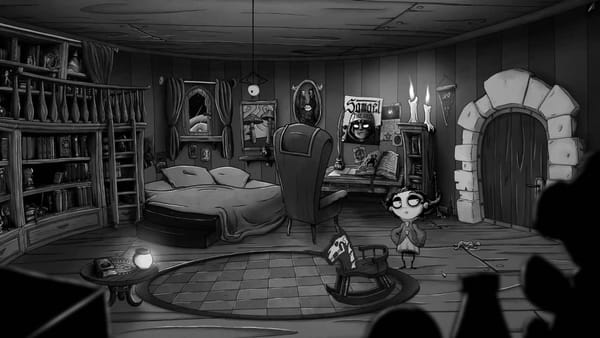Are you a subscriber of PlayStation Plus and don’t know what to play next? If time to you is merely a concept and you’re as free as a Skynyrd bird, may I suggest Ghostwire: Tokyo? The buzz has naturally died down, but if you’re unsure what to expect, here are some related words.
I get it: you love everything about Japan, and when you saw the trailer, you thought it looked amazing, only to hear people slating it and thought… meh – I’ll wait for a sale. Well, your subscription covers that, and if you don’t have a subscription, it might be a game where you get your money’s worth – at least in playtime.
After an ominous fog descends upon the Shibuya district, citizens disappear left, right and centre, only leaving their Uni-Qlo garments behind. Then, in an Evil Dead–style introduction, a spirit enters the body of young Akito – saving him from his demise, leaving a visible black smog around him and stylish LED veins. What’s this – powers, you say?

Ghostwire: Tokyo PS5 Review: Save Our Souls
Poor Akito hasn’t a clue what’s going on. All he cares about is his sister, Mari, who was admitted to hospital before the event. The spirit that has entered his body, known as KK, tells him that an evil movement created this… spiritual maelstrom to consume souls, using their bodies at will as nothing more than a vessel. Cue a striking hannya mask-wearing baddie and his goons.
Ghostwire: Tokyo is a first-person adventure, similar to publisher Bethedsa’s Morrowind games, using magic during combat. Akito will patrol the streets of Tokyo, rescuing the lost souls and transferring them to safety via modified payphones. Unlike the actual streets of Japan, it isn’t safe for him as it’s inhabited by yokai, such as the infamous kasa-obake, and a creepy Slender Man-type sporting a funky umbrella.
The story in Ghostwire: Tokyo is… ok, but nothing extraordinary. It’s a usual run-of-the-mill ‘thwart evil, rescue the princess, and complete side missions along the way’. The standout for me in the game isn’t the way Tango Gameworks have majestically captured the traits of Shibuya and its wards, but the side quests.

A Side Order Of Explore
Recommending a game based on side quests?! There are a ton of achievements in the game, so if you’re motivated by that, this will keep you out of mischief for ages. I got about 22 hours in and only have 50-60% of the trophies. One soul reason for that is having to collect 200,000+ souls in Tokyo, hunting relics, locating mischievous tanuki, collecting all outfits… the list goes on.
Japanophiles will love the cityscape, which encompasses the compact feel of commercial and residential spaces, with the odd park space to battle it out with a headless schoolgirl. Anyone who has been to the urban areas in Japan will immediately identify with it and embellish every moment spent, even if Ghostwire: Tokyo is a grind.
Combat hardly saves it, as the enemies in the game are pretty dumb. It’s easy to sneak up on and stealth kill, and failing that, it doesn’t take too many hits to destroy them and rip out their core with a melee attack. Again, magic is the key thing here, and Akito has three elements to work with: wind, water and fire, plus a bow when he loses connection with KK.

Gatcha-Gatcha Collect ‘Em All
KK is the key to Akito’s powers, and through the Ghostwire: Tokyo story, there will be setpieces where he is extracted from Akito’s body, meaning some stealth Aloy-like arrow shooting. Boss battles are either spammy attacks or stealth approaches that, once you know the tactic, are relatively easy to perform.
Hunting down relics was one of the most fun parts of the game. Some neko spirits will ask you to seek these out in exchange for currency (to buy consumables such as health, talismans that hold magical attack powers, and Yakuza-like figurine collectables from a gatcha-gatcha.
Akito unlocks new powers where he can scale buildings using a tengu, increase the duration of attacks, attack power and more. Ghostwire: Tokyo is a typical first-person combat experience, albeit with magic, not a gun. For me, it’s the explorative nature of the game that makes it a standout. I’d rather spend time doing that than the main story, which says something as the story is usually key.
So, if you love Japanese culture, don’t mind monotonous combat, and are happy to spend hours on a hide and seek quest for collectibles, Ghostwire: Tokyo might be your next download/purchase. It’s better than the overrated Deathloop.










